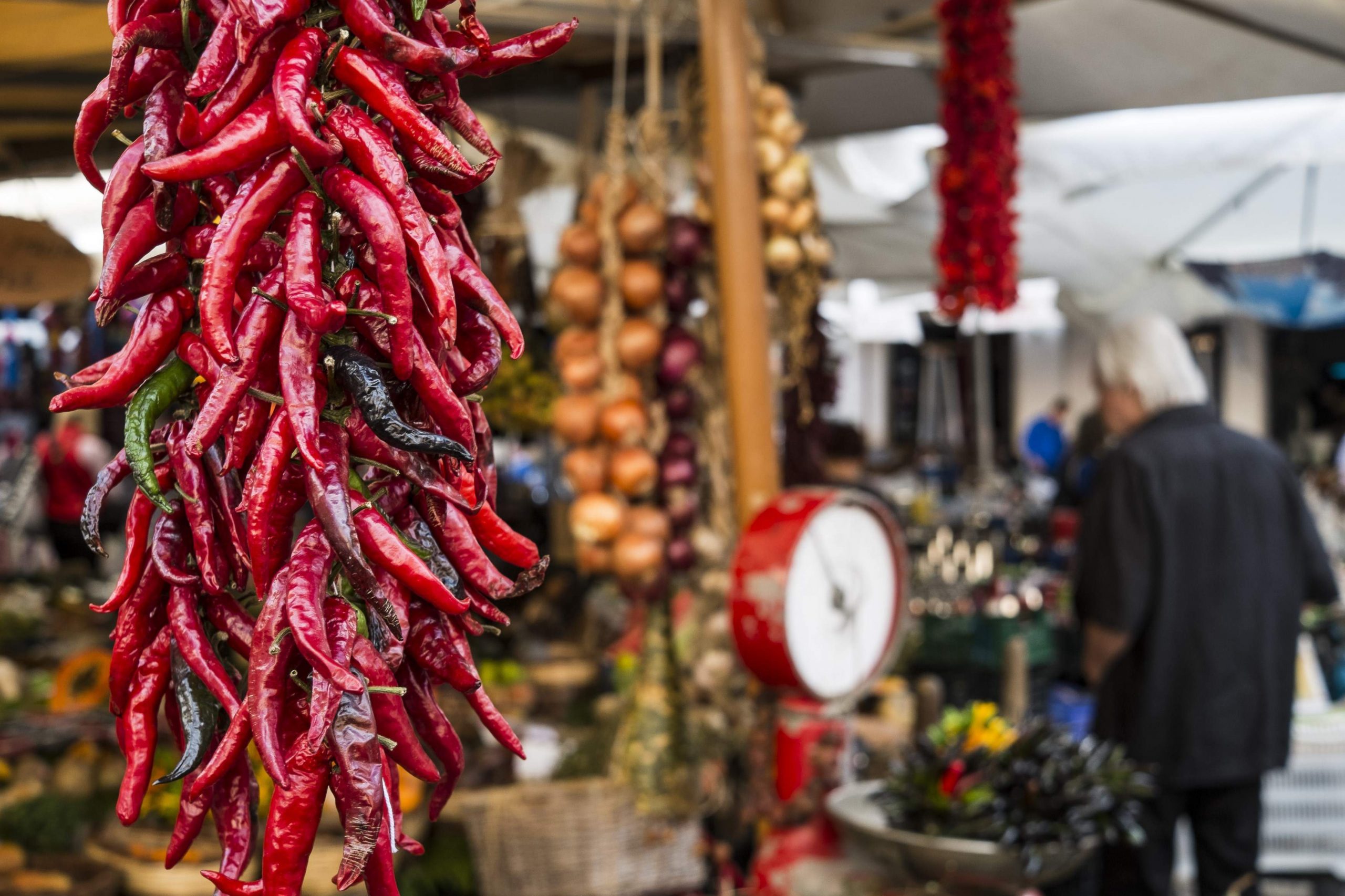
Maybe it’s all the fuss around Fifty Shades of Grey but I couldn’t help wondering recently, as I perused the pages of a website dedicated to oral torture, whether the human taste for chillies was as innocent as it might seem. The site’s jaunty motto said it all: “Your pain is our pleasure.” Lest anyone still be in any doubt as to the specialist nature of its wares, the names on the bottles were pleasingly unambiguous: “Pure Poison”, “Pain 100%” and, um, “Ass Reaper”. Many of them used the Grim Reaper as an advertising tool and came in coffin-shaped packaging. The most extreme stuff, the kind sold with a pipette for health and safety reasons, required you to read a disclaimer before purchase. (Don’t you just love a condiment which promises that “direct ingestion WILL cause burning sensations and panic”?)
Many of the customers for such niche products will be trying them for reasons that may fairly be described as ethically dubious, as another site wearily acknowledges, calling on “macho men, curryholics, stag parties, initiations, dares, show-offs” and “jilted lovers” to “please be careful if you are trying to stitch up a macho friend, attending a stag party or using them as part of an initiation ceremony” – advice that no doubt only serves to fan the flames of their excitement.
The reviews, however, suggest that a significant proportion of customers are seeking the heat for pure pleasure, pointing up the most interesting fact in all of this: we are the only species known to seek out negative sensations deliberately. You don’t see dogs whipping each other with sticks in the name of foreplay and you won’t find animals gorging themselves on wild chilli peppers (though birds, who can’t detect the heat, are enthusiastic consumers). A taste for pain seems to be one of the defining characteristics of being human.
Although it doesn’t feel like it when you’re eating them, chillies aren’t likely to cause any actual physical damage: capsaicin, the active component in the fruit (largely concentrated in the placenta, or the soft, pale stuff that binds the seeds to the flesh), hits the same receptors on the tongue that detect changes of temperature, tricking the brain into believing that you have eaten something very hot.
That knowledge is scant comfort when your tongue feels as if it’s about to combust. All young children are instinctively wary of hot foods – they have to be weaned on to them gradually. Chilli is an acquired taste. But why do we bother acquiring it?
People often talk about a chilli high, or a buzz. This is a classic no-pain-no-gain scenario, in which the body releases its natural painkillers, endorphins, to counteract the burning sensation caused by the capsaicin.
I can attest to the truth of this. Some years ago, a large supermarket chain introduced the bhut jolokia – described (at the time) as the world’s hottest chilli – and muggins here, as a serious reporter, was commissioned by a national newspaper to test it out.
Having stocked up on bread and yoghurt (and told my parents that I loved them), I grimly ate the tiny bastard whole, keeping it in my mouth for 30 long seconds before swallowing. Yes, my eyes and my nose streamed, it felt like someone had stuck a red hot poker through both of my ears and my heart was dancing a fast polka in my chest, but I also felt weirdly euphoric, in a fuzzy-headed kind of way – as though I’d narrowly cheated death, perhaps.
Was I tempted to finish the rest of the packet? Emphatically no. Nor have I felt the need for a capsaicin hit since. Perhaps, much like Fifty Shades of Grey, some people are just more into it than others. There’s nowt so queer as folk, as they say.



